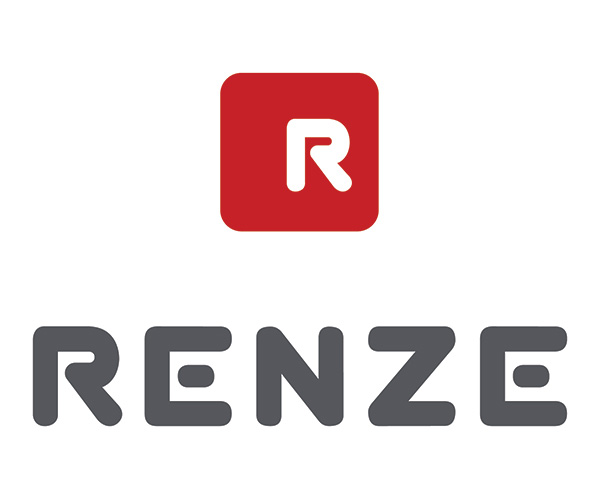 Contributed by Sheila O’Connor, AAF Omaha Board Member & Legislative Issues Chair
Contributed by Sheila O’Connor, AAF Omaha Board Member & Legislative Issues Chair
All Nebraskans desire a quality education system to ensure a reliable, skilled and highly motivated workforce. In key areas such as math, science, writing and reading, Nebraska students perform well when compared to their peers across the nation. Affordable, accessible education will likely be a priority in the 2016 Legislative Session. Here is a quick overview of the current status:
- According to the Census Bureau, Nebraska leads the nation in percentage of state and local general spending for all education. In school year 2011-12, 40% of Nebraska’s state and local government direct general expenditures went to K-12 or higher education. Nebraska’s percentage of total education spending was 6.1% more than the median expenditure nationwide.
- On a per-capita basis, Nebraska’s state and local spending for all education is ranked tenth highest in the U.S., according to the Census Bureau.
- More than 60% of the average property tax bill goes directly to Nebraska’s school districts. (Business pay a large share of property taxes, which represent 45% of the state-local tax burden for the average Nebraska business, according to one study.)
- Under the State of Nebraska’s current budget, 27% of state spending — nearly $1.2 billion — will be used for K-12 state aid and special education. (This is in addition to $2.14 billion in property tax collections sent to Nebraska school districts in 2014.)
- K-12 state aid will increase $40 million this school year compared to last. Over the past four fiscal years, education aid from state government has increased by $190 million (about 19%).
- Nebraska’s average cost-per-pupil was approximately $11,400 in school year 2013-14. Statewide, the lowest cost-per-pupil was $9,380 per student; the highest was $28,276.
Information: NE Chamber of Commerce
For further details or questions, please email Sheila O’Connor.




